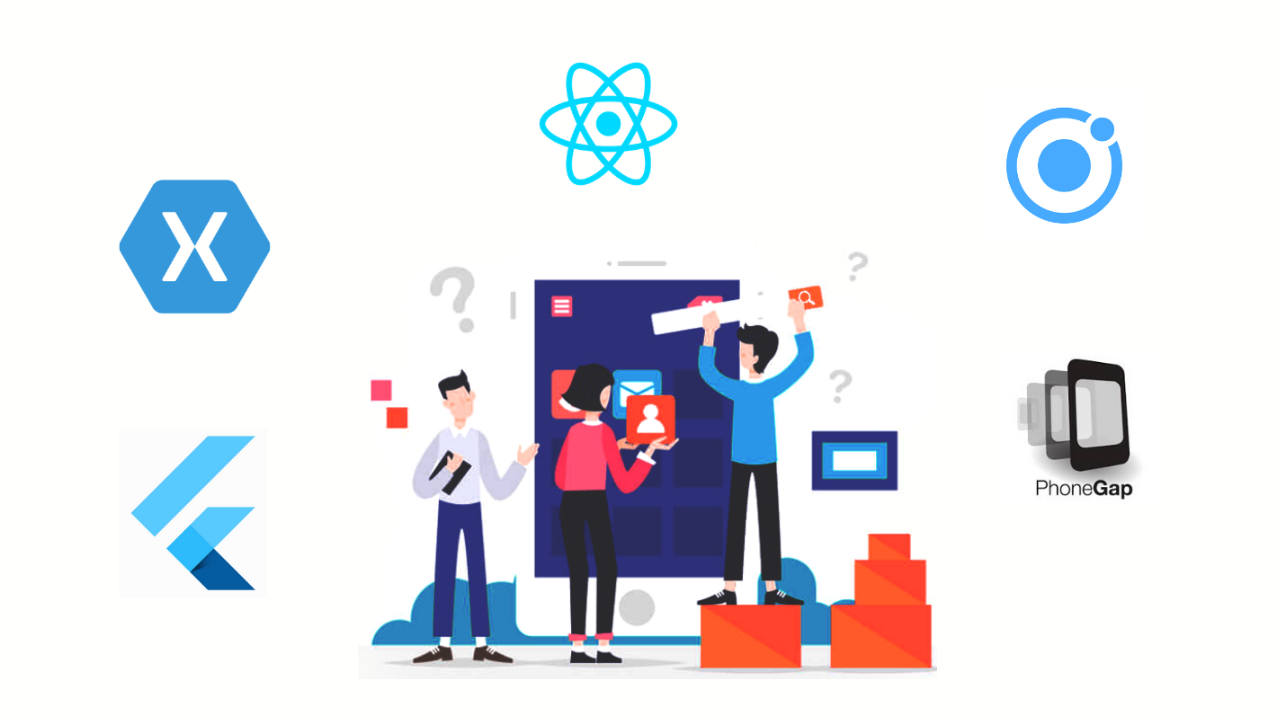1. The Challenge of Multi-Platform Development:
a. Developing separate apps for different platforms (iOS, Android, web, etc.) is time-consuming and costly.
b. Maintaining consistency in user experience and features across platforms can be challenging.
2. The Rise of Cross-Platform Development:
a. Cross-platform development addresses these challenges by allowing developers to write code once and deploy it across multiple platforms.
b. It streamlines the development process, reduces costs, and accelerates time-to-market.
3. Key Players in Cross-Platform Development:
a. Flutter: Developed by Google, Flutter is an open-source UI framework for building natively compiled applications for mobile, web, and desktop from a single codebase. It uses the Dart programming language.
b. React Native: Created by Facebook, React Native is a popular JavaScript framework for building mobile applications for iOS and Android. It allows developers to use React, a popular JavaScript library for building user interfaces, to create native-like apps.
4. Advantages of Cross-Platform Development with Flutter and React Native:
a. Code Reusability: Developers can reuse a significant portion of the code across different platforms, reducing development efforts.
b. Native-Like Performance: Both Flutter and React Native provide native-like performance by compiling to native code, resulting in smooth and responsive apps.
c. Rich Ecosystem: These frameworks offer extensive libraries and packages that simplify app development and expand functionality.
d. Hot Reloading: Both Flutter and React Native support hot reloading, enabling real-time code changes and rapid iterations during development.
e. Community and Support: Both frameworks have active communities, offering support, tutorials, and resources.
f. UI Consistency: Flutter provides a consistent UI experience across platforms with its highly customizable and widget-based architecture. React Native offers native modules for platform-specific functionality.
g. Cost Efficiency: Building and maintaining a single codebase for multiple platforms is cost-effective and efficient.
5. Use Cases:
a. Flutter: Widely used for creating mobile applications and web apps. It's favored for its flexibility in designing custom UI.
b. React Native: Ideal for developing mobile applications for iOS and Android. It's known for its strong performance and extensive library support.
6. Challenges:
a. Access to Native Features: Although these frameworks provide access to most native features, there may be cases where direct platform-specific code is required.
b. Larger App Size: Apps built with these frameworks may have slightly larger file sizes due to the inclusion of the framework itself.
7. The Future of Cross-Platform Development:
a. The adoption of cross-platform development is expected to increase as more organizations recognize its cost-efficiency and reach advantages.
b. Continuous updates and improvements to frameworks like Flutter and React Native will further enhance their capabilities and make cross-platform development more accessible.
8. Conclusion:
a. Cross-platform development using frameworks like Flutter and React Native has transformed the app development landscape, enabling developers to efficiently create high-performance apps for multiple platforms. As these frameworks continue to evolve, they are likely to play an even more significant role in the future of app development.




Comments (0)